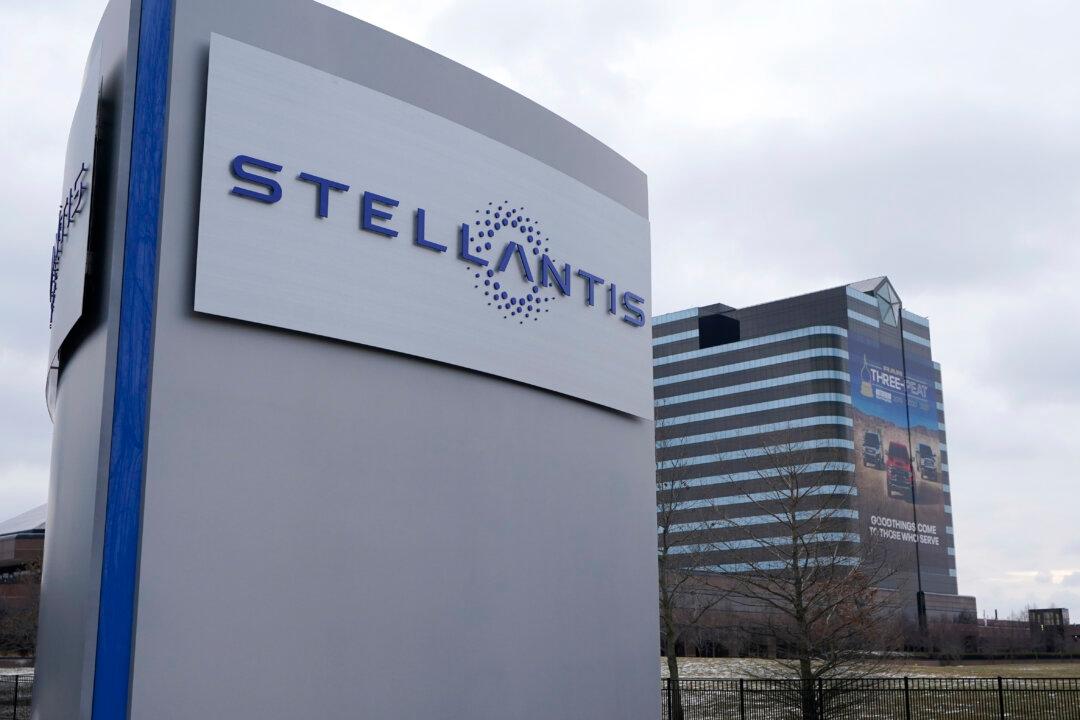Auto giant Stellantis and Foxconn, the world’s largest electronics manufacturer, announced on Dec. 7 that they will partner to develop and supply a new line of automotive semiconductor chips for the auto industry.

The Stellantis sign outside is shown at the Chrysler Technology Center in Auburn Hills, Mich., on Jan. 19, 2021. Carlos Osorio/AP Photo
|Updated:




